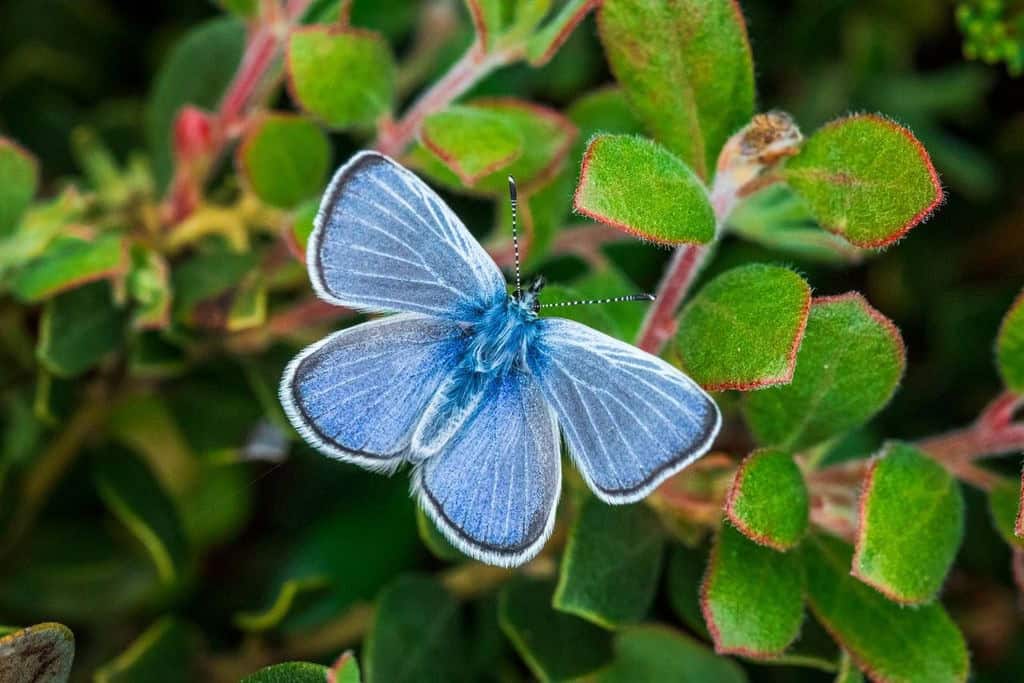Share this article
TWS Issue Statement: Confinement of Wild Ungulates within High Fences
Back to Position Statements page
Demand for hunting and the sale of live wild ungulates (hoofed mammals) and their products has promoted the growth of an industry that raises wild native and exotic ungulates in captivity, within managed properties. High (avg. 2.4 m) fences are used to attempt to control the movement of animals to improve the management of captive wildlife and their habitat, reduce immigration of non-managed animals, and as a deterrent to poaching. Biological issues relating to confined wild ungulates include behavioral effects of enclosed animals, diseases associated with confinement and shipping, genetic effects of confinement and transport from natural ranges, habitat effects, effects on nontarget species, and effects on native species and habitats outside of the fence. Ecological health within fenced habitats, however, may increase when improved effectiveness of population control is combined with proper captive wildlife and habitat management. Social issues related to confined ungulates include cultural and legal issues of public versus private ownership of wildlife resources, hunter ethics, public perception of hunting, commercialization, and domestication of wild animals, and ecological stewardship.
The use of high fences to confine ungulates may have specific and legitimate uses in wildlife management and research, but it also carries the potential for significant adverse impacts.
The policy of The Wildlife Society with respect to ungulate confinement is to:
- Recognize the serious biological (diseases, genetic effects, etc.) and social (public versus private ownership of wildlife, ethics) issues associated with confinement of wild ungulates.
- Oppose any additional conversion of the public’s native wildlife to private ownership via high-fenced enclosures.
- Oppose high-fenced enclosures, regardless of size, if they exclude free-ranging native wildlife from critical seasonal habitats or migration routes, or jeopardize the sustainability of free-ranging native wildlife.
- Support regulations and enforcement to prevent escapes of confined animals and facilitate recovery in the event of an escape.
- Support state and provincial wildlife agencies as the primary regulatory authority over native North American ungulates, including those confined by high fences. State and provincial wildlife agencies should work cooperatively with other state, provincial, and federal agricultural, wildlife, and health agencies as well as hunting groups, conservation organizations, private landowners, and managers to reduce the potential for problems such as disease transmission and genetic exchange among native wildlife and exotic species.
- Support the regulation of captive exotic ungulates by state and provincial wildlife agencies.
- Encourage anyone using a high fence to confine ungulates to thoroughly analyze and acknowledge potential impacts to native free-ranging wildlife species and commit to minimizing any such risks This requires a well-coordinated effort of state, provincial, and federal agencies, hunting groups, conservation organizations, private landowners, and managers.
- For all ungulates confined by high fences, encourage management at or below natural carrying capacity in a manner that prevents inbreeding, diseases, habitat degradation, and effects on non-target species.
- Encourage authorized agencies to collaborate with interested parties on funding and development of systems for detecting and monitoring wildlife diseases within enclosed and free-ranging native and exotic ungulate populations.
- Support a moratorium on the construction of high-fenced facilities and any shipment of live cervids until live-animal diagnostic tests are available for detecting and monitoring important infectious diseases.
- Oppose the use of funds generated from traditional sources (recreational licenses, tags, and other fees) for confined-ungulate inspections and regulatory programs.
1Refer to the Technical Report on Confinement of Wild Ungulates within High Fences (#02-3) for the scientific rationale on which this position description is based.
The Wildlife Society’s Position Statement on Hunting states that the Society encourages “decision makers to weigh the biological, societal, cultural and economic considerations when making decisions on hunting and the welfare of wildlife.”
Confinement of Wild Ungulates within High Fences Issue Statement pdf








